The summer is hot and the sun is like fire. Fabrics in the clothing market have taken up the banner of “cool” and made their debut. The natural fiber camp is bustling with all kinds of cotton, linen, and silk fabrics; the man-made fiber camp is even more diverse, including modal and lyocell fiber fabrics that look like imported products, and milk and corn fiber fabrics that can arouse people’s greed. There are jade and silver fiber fabrics that show off their jewels… Which fabric is cooler, more comfortable and more suitable for summer? Let’s compete now.

Silk, linen
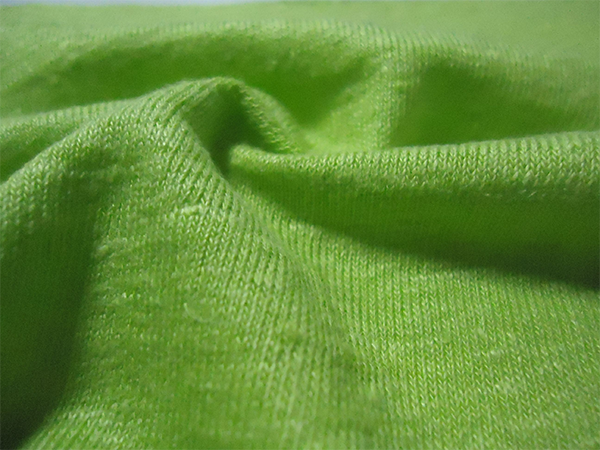
Line fabric, source network
“Open a noodle garden, talk about mulberry and hemp over wine” Meng Haoran’s poem pushed the two traditional clothing fibers in front of us. Mulberry and hemp, the leaves of the mulberry tree cannot be worn on the body. It refers to the silk spun by the silkworms that eat the mulberry leaves. Silk generally refers to the natural protein fiber secreted by silkworm insects. Hemp generally refers to the bast fiber and leaf fiber obtained from hemp plants.
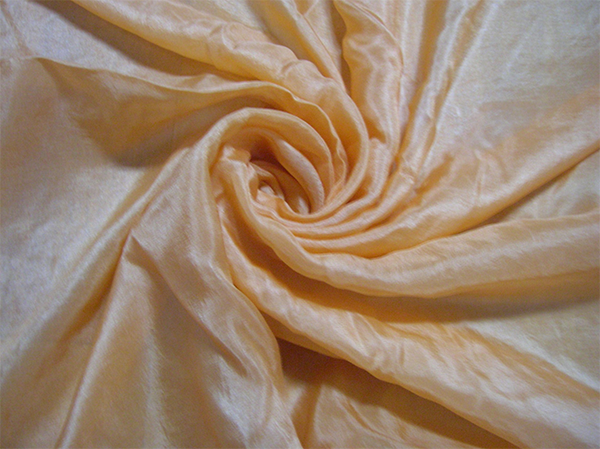
Real silk fabric, source network
Silk fabric textiles are expensive, a dress can cost tens of thousands, and merchants will also tell you that the price is less than a thousand yuan. It is “crooked goods”. Expensive, of course there is a reason why it is expensive. Ancient emperors used silk to demonstrate their authority, and officials used silk to mark their rank. Silk has many connections with China’s etiquette system, culture and art, customs and customs, science and technology, and it is because of it that the Silk Road, the Maritime Silk Road and its culture were developed.
From planting mulberries and raising silkworms to reeling and weaving silk, it takes several months and hundreds of processes to achieve it. Therefore, silk should be expensive. Because it’s so expensive that you can only admire your beauty, and it’s so expensive that you can’t sell silk clothes! What to do? The concept has been easily changed, and now “all textiles whose warps are woven with artificial or natural filament fibers can be called silk in a broad sense.” The silk made from traditional pure mulberry silk is called “real silk”.
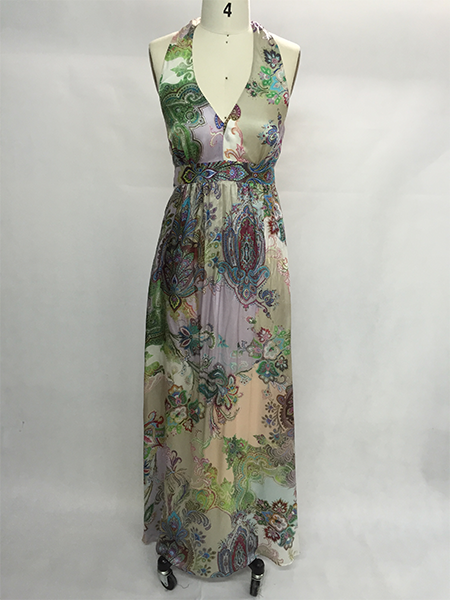
Silk plain crepe satin dress, source from the Internet
One stone stirred up a thousand waves, and the tussah, cassava, and castor silkworms quit. They are all silkworms, so why are only mulberry silkworms the most dominant? Is it because it is domesticated? Yes, because mulberry silkworms are domesticated, the silk they spin out can produce higher quality fabrics. In order to appease all the silkworm princes, any silk spun by silkworms can now be called “real silk”.
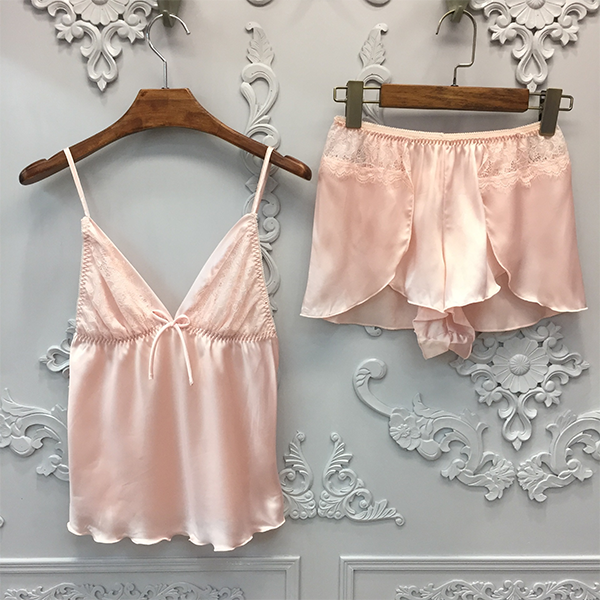
Silk (imitation silk) pajamas, source network
Silk fabric is composed of protein fibers, so the texture is soft and smooth, and the touch is delicate. In addition, its moisture absorption and moisture release properties are extremely good, so its skin-friendly properties are also excellent. The disadvantage is that silk is as delicate as your skin. It will darken if you are exposed to the sun, and it will turn yellow if exposed to the sun. When washing, do not use alkaline detergents or use a washing machine. Commonly known as: Lazy people should use with caution! However, in terms of all aspects of fiber fabric performance, silk fabric is indeed the first choice for summer.
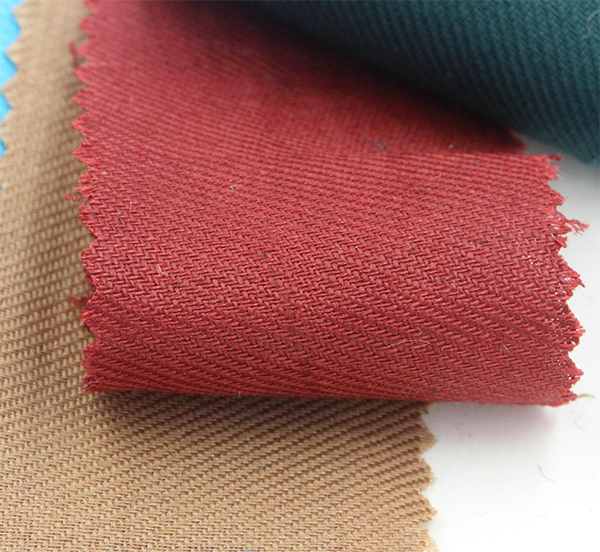
Cotton and linen blended fabrics, source network
All hemp fibers are cellulose fibers. Currently, the most common ones include ramie, flax, and hemp fiber fabrics. When it comes to hemp fiber fabrics, the idiom “wearing hemp and wearing filial piety” is definitely more familiar than itself. This custom evolved from the Five Clothing System of Zhou Rites, which also just illustrates the long history of the use of hemp fiber by our ancestors.
In the eyes of some melon-eating people who don’t know the truth, the quality of hemp textiles seems to be low, because our common hemp ropes and sacks are worthless items. However, this is just an illusion or a feeling of looking at the sky.
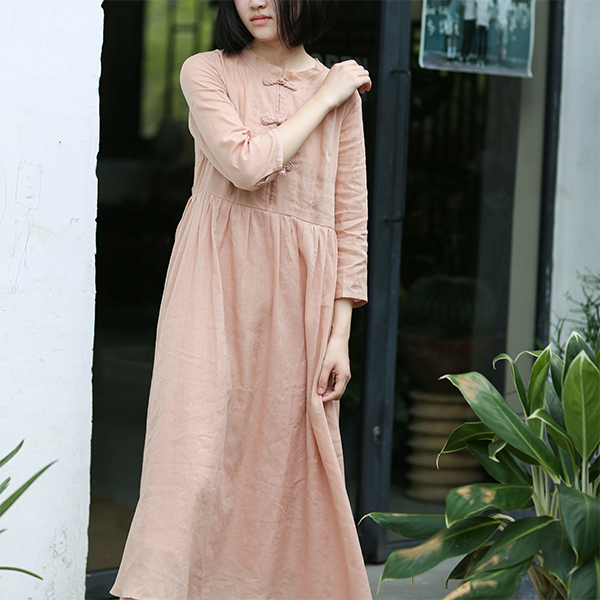
Textile washing label, source network
It is worth noting that the viscose fiber production process will produce a large amount of wastewater, containing sulfuric acid, zinc sulfate, carbon disulfide, cellulose , dissolved organic matter, suspended solids, etc., are one of the main sources of pollution in the textile industry.
Regenerated cellulose fiber fabric has good breathability and will not wear when worn It feels sultry and is one of the more ideal summer clothing fabrics in summer.
Regenerated protein fiber
When it comes to regenerated protein fiber, everyone must feel unfamiliar. If we talk about soy fiber, corn fiber, and milk fiber in another way, I believe many people have heard of it, and have even used and worn such fiber. Fiber fabric clothing.
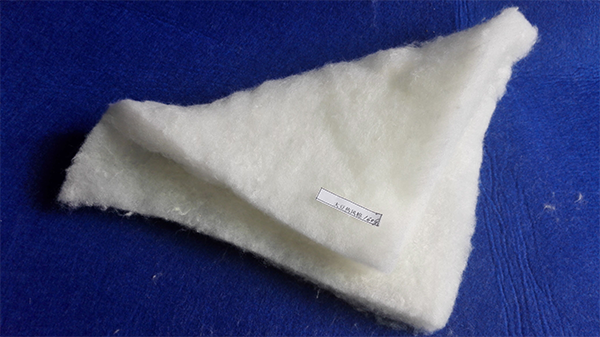
Soy fiber cotton, source from “China Fiber Inspection”
As a not very experienced foodie, when I heard about it for the first time When taking these names of fiber, the first reaction is to ask “can you eat it?” The answer is naturally no. However, kind-hearted merchants will still tell you step by step, fiber “extracted” from food , not only is it safe to wear on the body, but it can also more or less absorb the protein in it through the skin, achieving the miraculous effect of “twenty this year, eighteen next year”.
Regenerated protein fiber is a type of artificial fiber. It refers to fiber made from protein extracted from natural products such as milk, soybeans, peanuts, corn, etc., which is purified, dissolved, and spun.
There are many types of regenerated protein fibers, which are generally divided into two categories: regenerated animal protein fibers and regenerated plant protein fibers. Regenerated animal protein fibers currently on the market include pearl fiber, silkworm pupa fiber, etc.; regenerated plant protein fibers are mainly soybean fiber, corn fiber, etc.
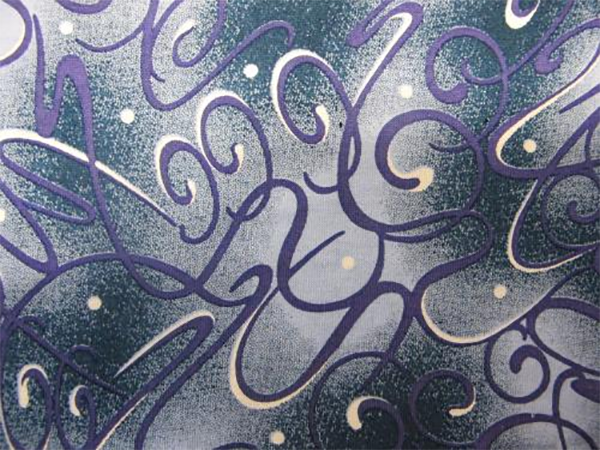
Pearl fiber printed fabric
The “secret recipe” used by Cixi “Lafayette” for beauty and beauty is no longer a secret recipe now, such as drinking human milk and eating pearls Addictions such as powder have long been known to everyone. You may think that pearl fiber came into being under the background of this kind of beauty care.
In fact, this is not the case. The overcapacity of the pearl farming industry has led to the fact that pearls that are not worthy of the first-level jewelry are also “Wang Xiaoer’s New Year” and have been reduced to the status quo. It’s embarrassing to sell by the pound and by the box. Pearls were made into edible fibers out of necessity. Back then, they enjoyed being embellished on the clothes of dignitaries.
Pearl fiber fabric has excellent moisture absorption and moisture regain, comfortable feel and wearing performance. It is currently generally used in underwear, pajamas, shorts, T-shirts and other close-fitting clothing. . As a summer clothing fabric, it is also one of the good choices.
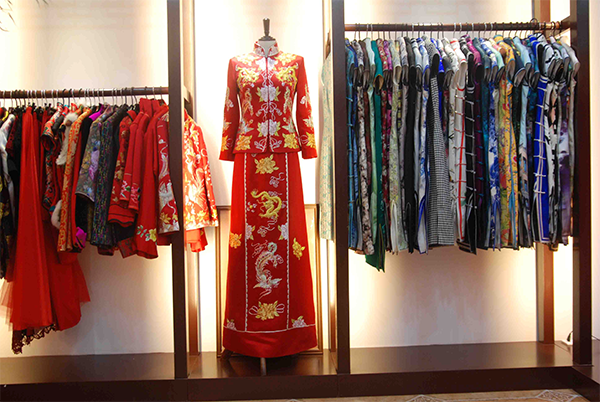
Silk clothing, source network
Looking at the textile clothing fabrics suitable for summer wear, it is not difficult to find that man-made fiber fabrics are generally tried through various methods, such as modification , blending, etc. to achieve certain fiber characteristics of natural fibers. Natural fibers, on the other hand, seem to have a sense of superiority that has always been imitated and never surpassed.
So, can we conclude that natural fiber fabrics are better than man-made fiber fabrics? Of course, no. At the very least, clothes made of natural fiber fabrics are too expensive! ? Except for a few people who make a living by “fooling”, man-made fiber clothing is still relatively down-to-earth, and the majority of people who eat melons “like to hear it”. After years of continuous research and development and innovation, man-made fiber fabrics have actually surpassed natural fiber fabrics in terms of fiber properties such as cooling, breathability, and moisture absorption.

Polyester fiber 74%, lyocell 18%, spandex 8% blended fabric underwear, source network
Natural fiber fabrics and man-made fiber fabrics have their own advantages and disadvantages as summer clothing, and they have to be ranked above and below. High or low, it is really difficult.






